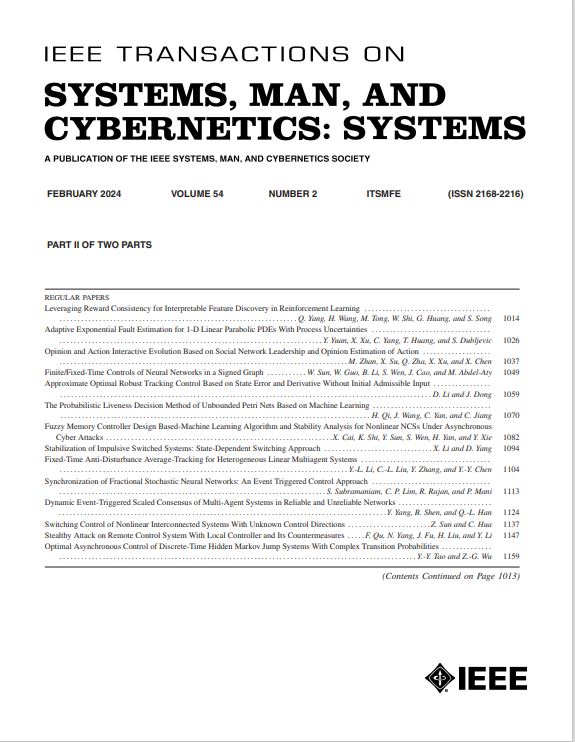Wavelet-Infused Convolution-Transformer for Efficient Segmentation in Medical Images
IF 8.6
1区 计算机科学
Q1 AUTOMATION & CONTROL SYSTEMS
IEEE Transactions on Systems Man Cybernetics-Systems
Pub Date : 2025-02-21
DOI:10.1109/TSMC.2025.3539573
引用次数: 0
Abstract
Recent medical image segmentation methods extract the characteristics of anatomical structures only from the spatial domain, ignoring the distinctive patterns present in the spectral representation. This study aims to develop a novel segmentation architecture that leverages both spatial and spectral characteristics for better segmentation outcomes. This research introduces the wavelet-infused convolutional Transformer (WaveCoformer), a computationally effective framework to fuse information from both spatial and spectral domains of medical images. Fine-grained textural features are captured from the wavelet components by the convolution module. A transformer block identifies the relevant activation maps within the volumes, followed by self-attention to effectively learn long-range dependencies to capture the global context of the target regions. A cross-attention mechanism effectively combines the distinctive features acquired by both modules to produce a comprehensive and robust representation of the input data. WaveCoformer outperforms related state-of-the-art networks in publicly available Synapse and Adrenal tumor segmentation datasets, with a mean Dice score of 83.86% and 79%, respectively. The model is feasible for deployment in resource-constrained environments with rapid medical image analysis due to its computationally efficient nature and improved segmentation performance. The code is available at:求助全文
约1分钟内获得全文
求助全文
来源期刊

IEEE Transactions on Systems Man Cybernetics-Systems
AUTOMATION & CONTROL SYSTEMS-COMPUTER SCIENCE, CYBERNETICS
CiteScore
18.50
自引率
11.50%
发文量
812
审稿时长
6 months
期刊介绍:
The IEEE Transactions on Systems, Man, and Cybernetics: Systems encompasses the fields of systems engineering, covering issue formulation, analysis, and modeling throughout the systems engineering lifecycle phases. It addresses decision-making, issue interpretation, systems management, processes, and various methods such as optimization, modeling, and simulation in the development and deployment of large systems.
 求助内容:
求助内容: 应助结果提醒方式:
应助结果提醒方式:


